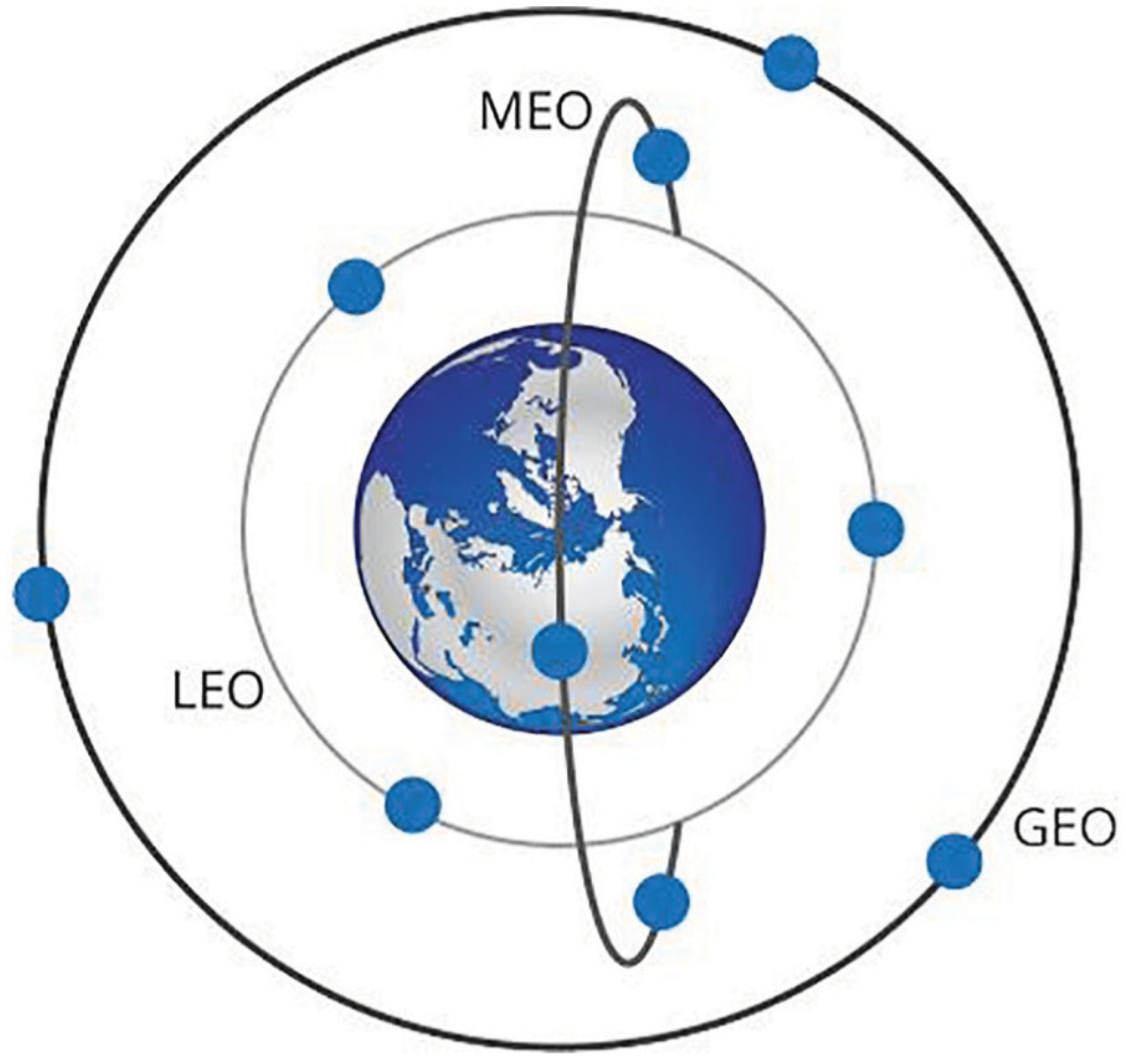Published in Media, Culture & Society:
Graydon, M., & Parks, L. (2019). ‘Connecting the unconnected’: a critical assessment of US satellite Internet services. Media, Culture & Society. https://doi-org.ezproxy.canberra.edu.au/10.1177/0163443719861835
An estimated 4 billion people worldwide still lack reliable access to the Internet, with the majority concentrated in developing countries. It is within this context that a significant expansion of the satellite Internet industry is taking place, bringing grand visions of social and economic growth through connectivity. Previously dismissed as a limited technology due to high operating costs and latency, as well as the failure of early ventures like Teledesic, satellite Internet has re-emerged in recent years as a viable alternative to the time and energy-intensive practice of laying thousands of miles of fiber optic cable. Utilizing innovative non-synchronous orbit constellations of small, mass-produced satellites that lower production costs and improve latency to better compete with broadband, new Silicon Valley–related companies such as OneWeb, SpaceX, and O3b have promised cheap, high-speed Internet access throughout the world. Drawing upon industry research, site visits, and interviews with technical specialists, development experts, and other actors, this article briefly explores the history of satellite Internet services, analyzes the promises of emerging satellite Internet companies, and argues that without serious commitments from governments and the private sector to follow through on this rhetoric, satellite Internet technology could fail to reach the communities that need it most.



